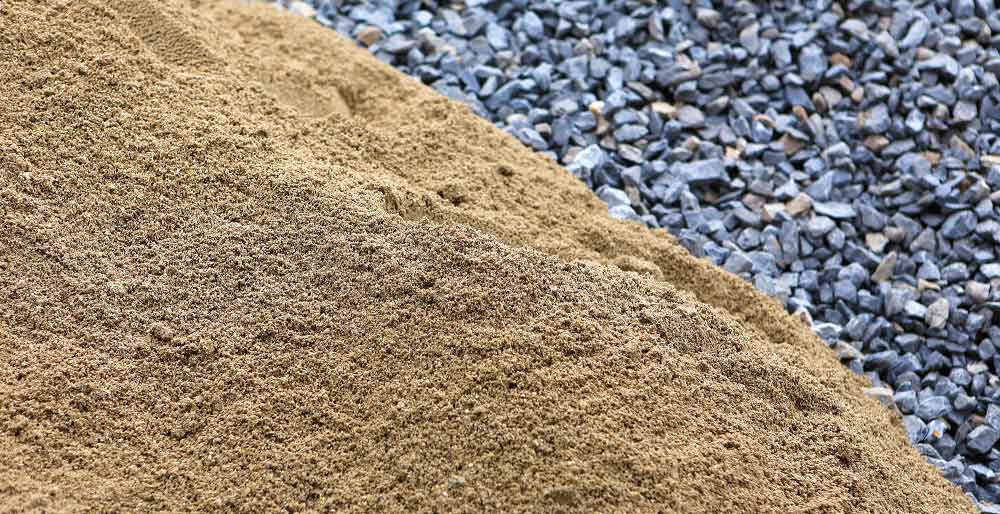Mitigating risks in concrete production
Combatting aggregate quality problems

We rely on concrete to support demanding needs in virtually all new construction. Small variations in the coarse or fine aggregates in the concrete mix can have a dramatic effect on the concrete’s overall performance. The size, shape, absorption, and texture of aggregates will impact the strength, durability, and workability of the concrete.
High quality aggregates are becoming scarce and increasingly difficult to find. The scarcity of quality aggregates is leading to the increased use of lower quality aggregates. For example, many fine aggregates contain high levels of swellable clays. These clays may absorb water and chemicals, which can lead to poor workability, lower strength, and increased shrinkage and cracking. This can lead to repair costs that place a major burden on contractors.
Learn about control flow concrete
With the use of lower quality aggregates on the rise, many contractors are relying on their concrete producers to use chemical admixtures that minimise the impact of using poor quality aggregates. For example, clay mitigating, water reducing admixtures help to mitigate the detrimental impact of swellable clays, resulting in higher quality concrete.
This approach allows more aggregates to be sourced locally, resulting in lower costs. More importantly, this water reducer admixture solution ensures concrete is workable, consistent, and high quality.
Tags
- CONCERA™
- Cement Grinding
- Cement additives
- Cement production
- Engineer
- Structural Solutions